What are Riparian Zones and why are they so vital?

Spending time outdoors is great for our mental and physical wellbeing. Whether you are going for a stroll by the river or having a picnic in the park, there’s nothing quite like getting some fresh air and being able to appreciate the beauty of the outdoors!
Of course, it is also very beneficial to be able to understand how our favourite natural environments function ecologically. Being able to understand the role and importance of these ecosystems not only heightens our appreciation, but incentivises us to protect them as well.
There is one type of ecosystem in particular that is worth familiarizing yourself with: riparian zones. These areas are the green ribbons of trees, shrubs, and grasses that grow alongside riverbeds, streams, and wetlands.
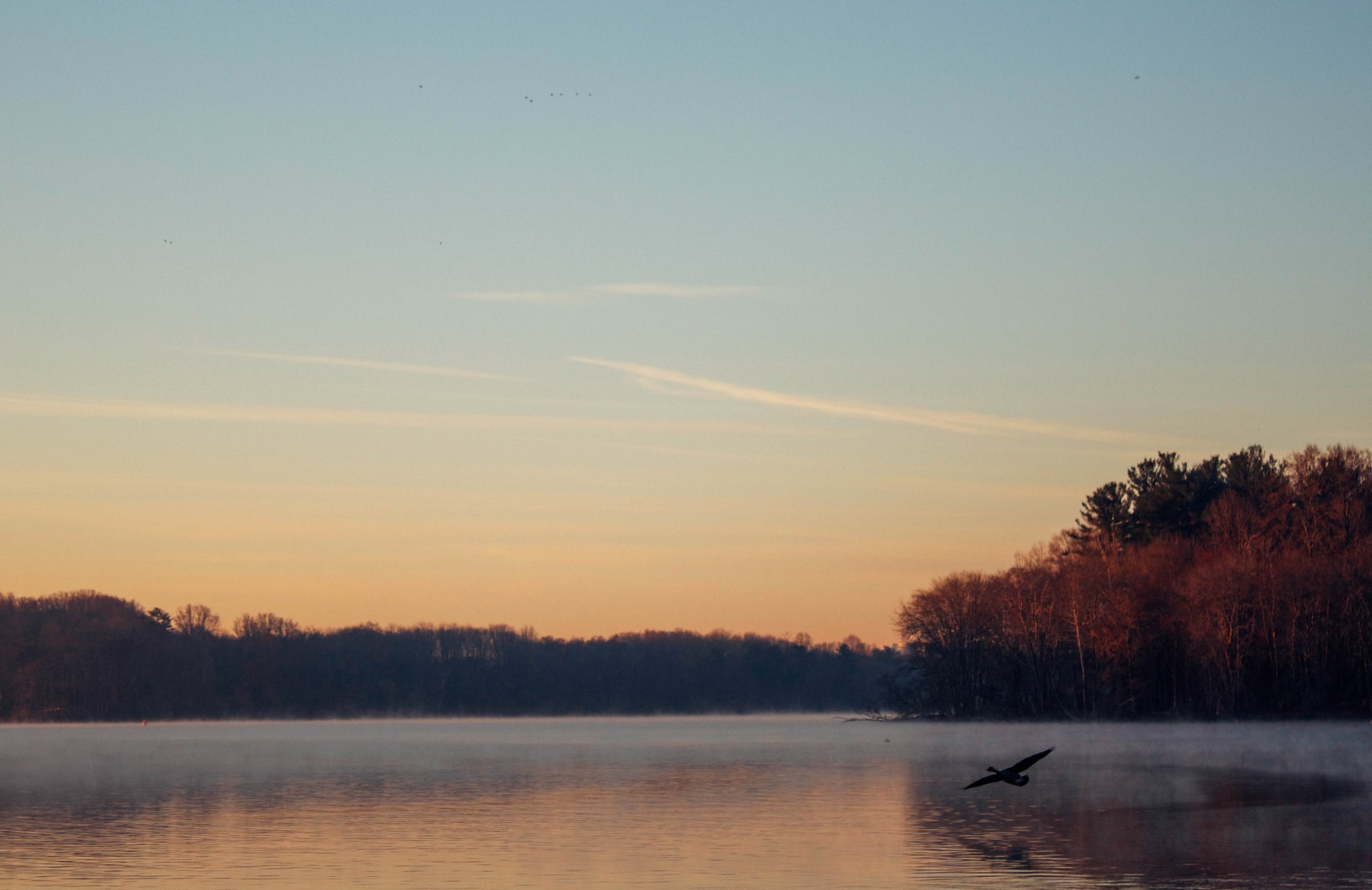
It is likely that you have spent time in a riparian zone. Perhaps you’ve walked along a riverside walking trail or simply admired their beauty from afar. But do you know about the many ways in which they positively impact the environment? Are you aware of the activities that threaten their existence? Do you know how to help restore and protect riparian areas?
If you’ve answered no to any of those questions, keep reading to learn more about riparian zones and how we can protect them!
What is a riparian zone?
“Riparian zone” is a term that is often applied to vegetated or partially vegetated areas that are adjacent to rivers and streams. These areas can be thought of as the transitional area between a water body and the dry area located upland. This transitional zone acts as a corridor between the land and water for a wide variety of animals.
What’s more is that riparian areas provide rich and moist soils where diverse plant communities can thrive. In many cases, these areas will appear to be richer in vegetation than the surrounding dry land, consisting of various trees, shrubs, grasses, and sedges. This is because the soil is not compacted, it is porous, allowing surface runoff to soak in soil and improve soil health.
Naturally, the differing plant species, sizes, and shapes attract a wide variety of wildlife. As a result, riparian areas are very biologically diverse! If you’re looking for a refresher on the importance of biodiversity, check out this article from the blog “Why Biological Diversity Matters.”
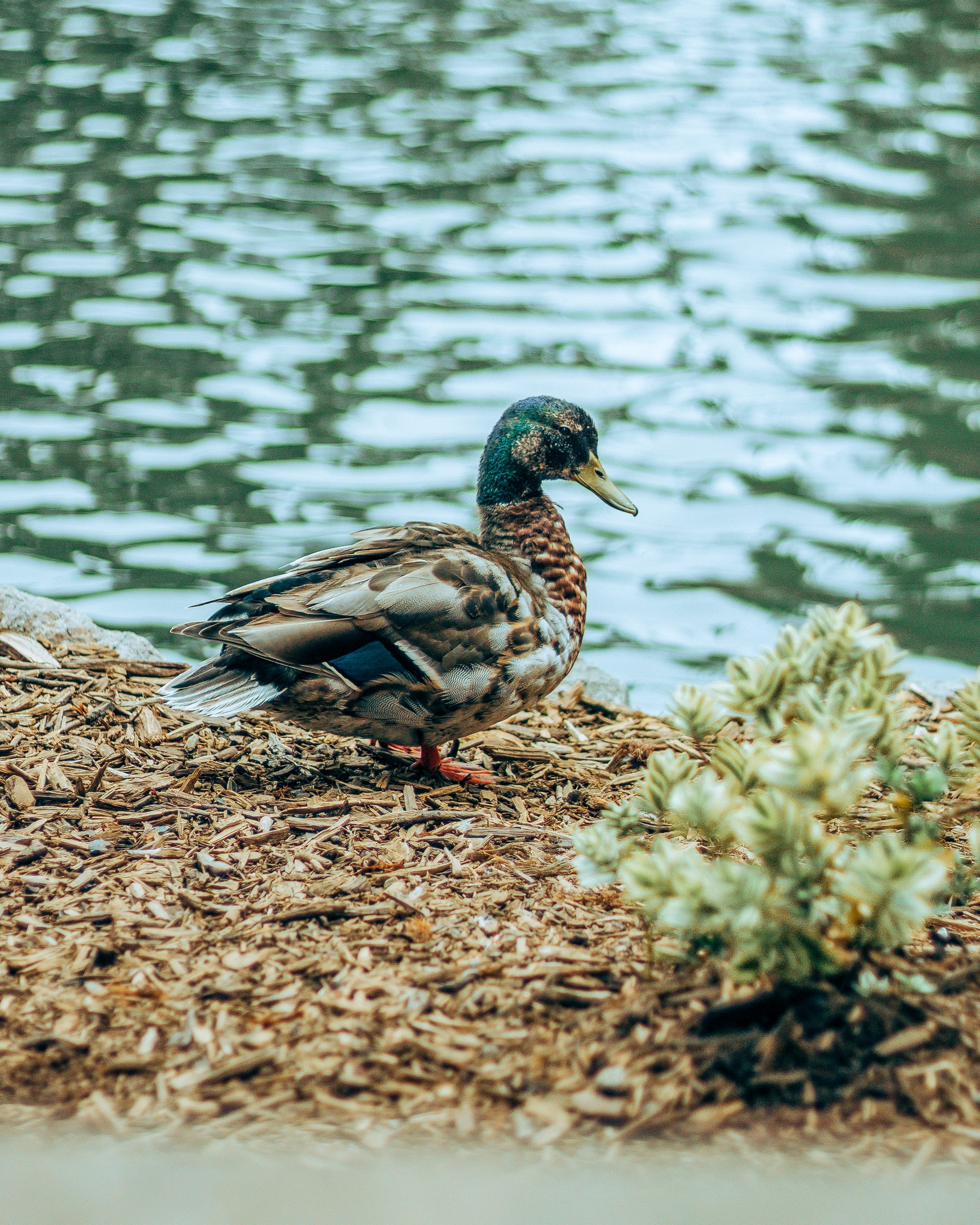
Why riparian zones are important
First of all, one of the most obvious benefits of riparian zones is the habitat they provide for wildlife. As our cities continue to expand and more development occurs, it becomes more and more important to maintain and preserve green spaces where wildlife can thrive.
Cities alter the natural landscape, leaving behind small and disconnected habitat patches. Such fragmented habitats make it difficult for species to migrate and eventually this results in species loss from these areas. Without riparian zones, which contain unaltered stretches of natural land, our wildlife would be seriously threatened. In fact, in many areas of a city, riparian strips are the only bit of unaltered land left.
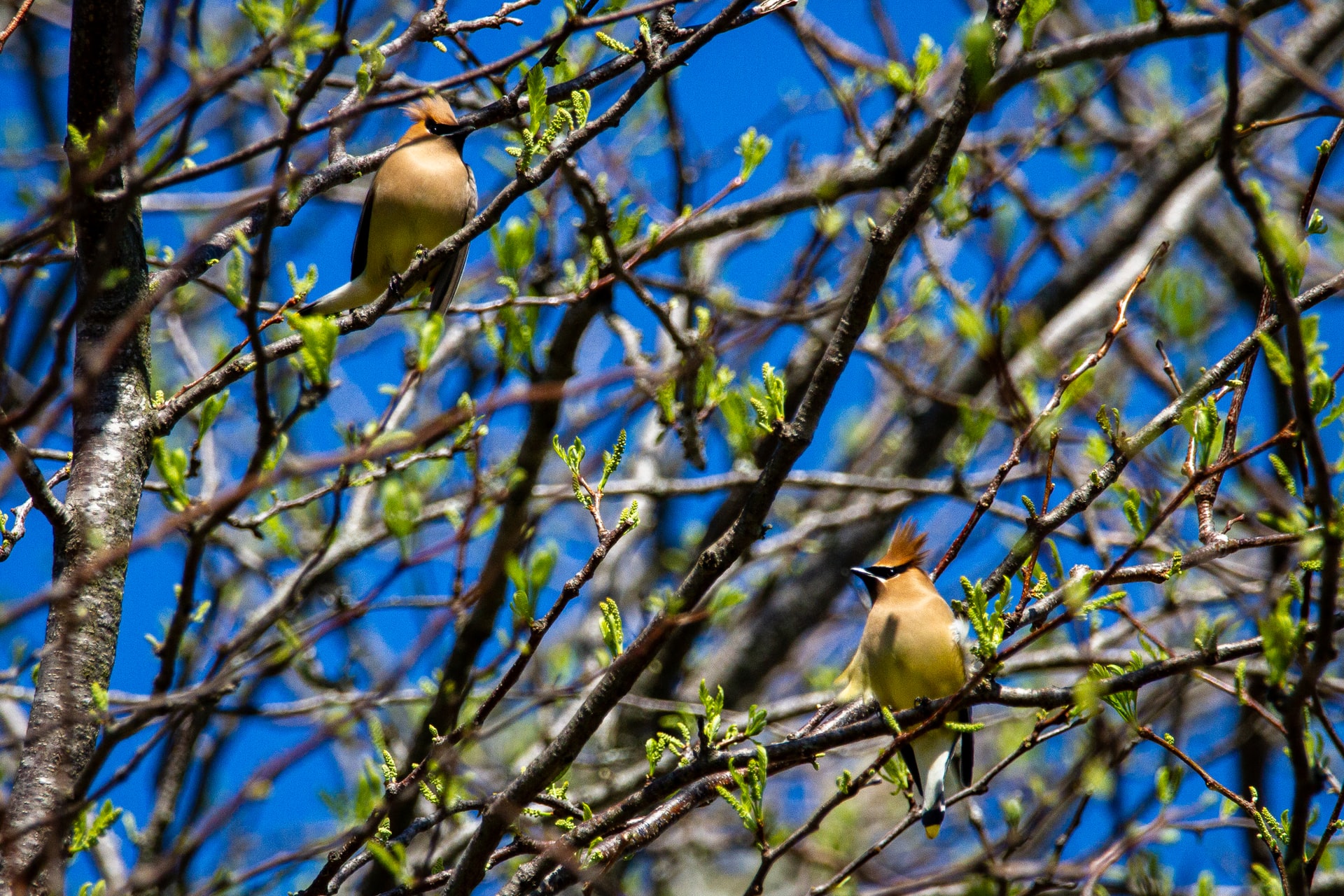
Riparian zones also have an important role to play when it comes to preserving water quality. For example, vegetation within riparian zones filter and buffer water.
All the trees, shrubs, grasses and wildflowers that grow in the areas help to absorb and trap sediment, excess nutrients, and chemicals before they are able to enter the water. In contrast, bare surfaces encourage runoff that carries unwanted substances which end up in the water bodies.
Did you know that riparian areas also help reduce the impact of flooding through water storage and release mechanisms? In times when water levels are high, riparian zones are able to store moisture. This moisture is then released into streams and rivers during dry spells.
And of course, the roots of these plants help to anchor the soil in place, preventing extreme erosion.

Other functions of riparian zones include the provision of aesthetic views and recreation. Who doesn’t enjoy a beautiful riverbank? These scenic locations are great for spending time with your friends and family, getting some physical exercise, and simply enjoying time outdoors.
Riparian zone protection
For those of us who live on riverside or lakeside properties, there are a few things we can do to prevent the destruction of riparian areas.
First, it is important to avoid removing riparian vegetation. Think twice before you decide to extend your lawn or build a dock! It’s best to avoid altering this land for the health of our ecosystems. Even if you spot a tree or tree limbs that have fallen over, the best thing to do is leave it where it is. These organic materials supply nutrients to the water streams and provide wildlife with food and habitat.
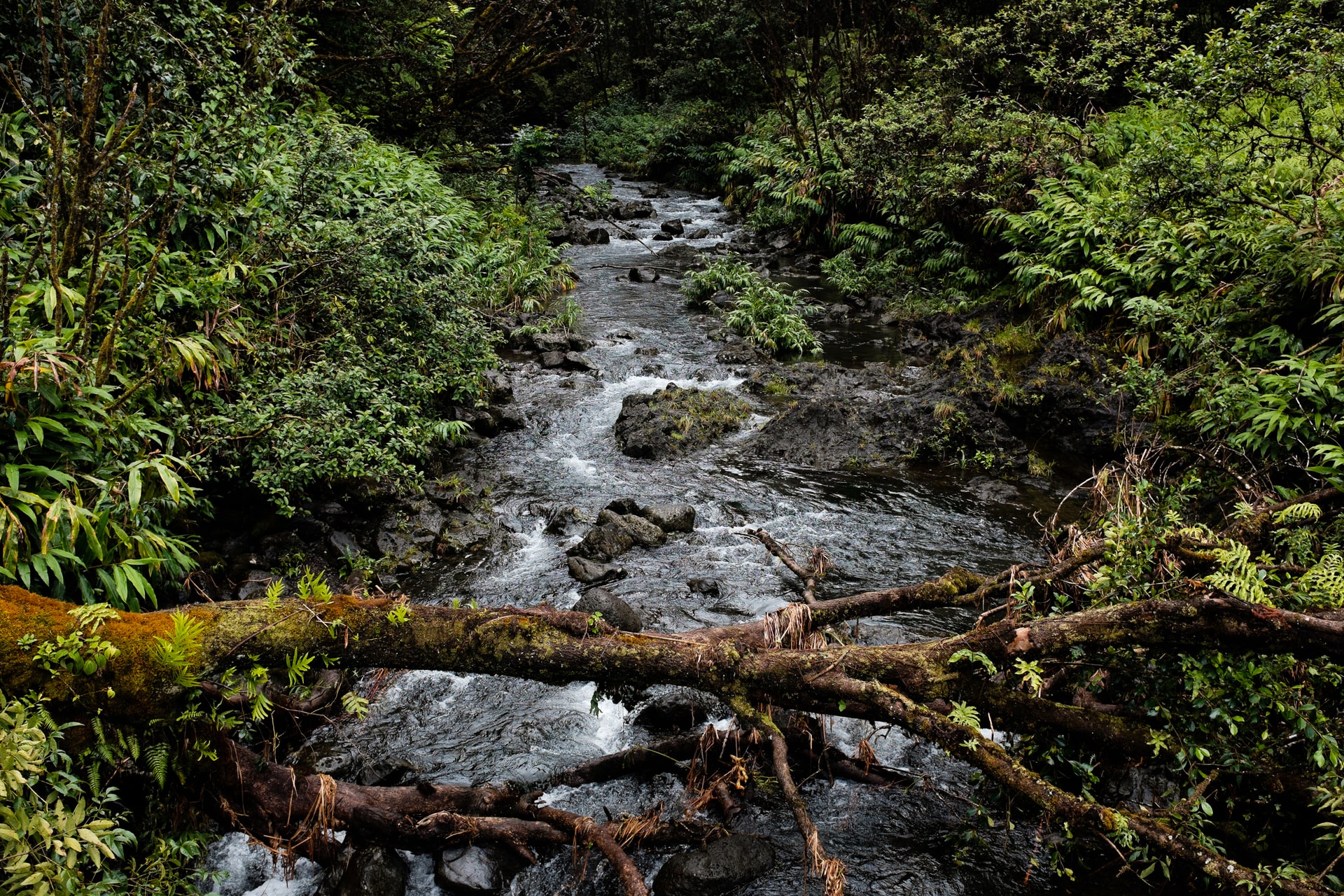
With that in mind, you also should avoid using herbicides or fertilizers that harm the riparian vegetation and aquatic organisms and decrease water quality. Instead, consider the fact that native plants are relatively maintenance-free and beneficial for wildlife.
It is also a good idea to patrol the area regularly to clean up any garbage nearby before it washes into the waterway potentially becoming a hazard to turtles and other animals.
In areas where riparian vegetation is lacking, you can work to restore habitat by planting native trees and shrubs. Of course, it is a good idea to get some professional assistance to make sure you are planting the correct species. Riparian trees and shrubs are specialized to these habitats, and will thrive in the right environment.
If you are visiting a riparian area, there are some things you can do to minimize your impact as well.
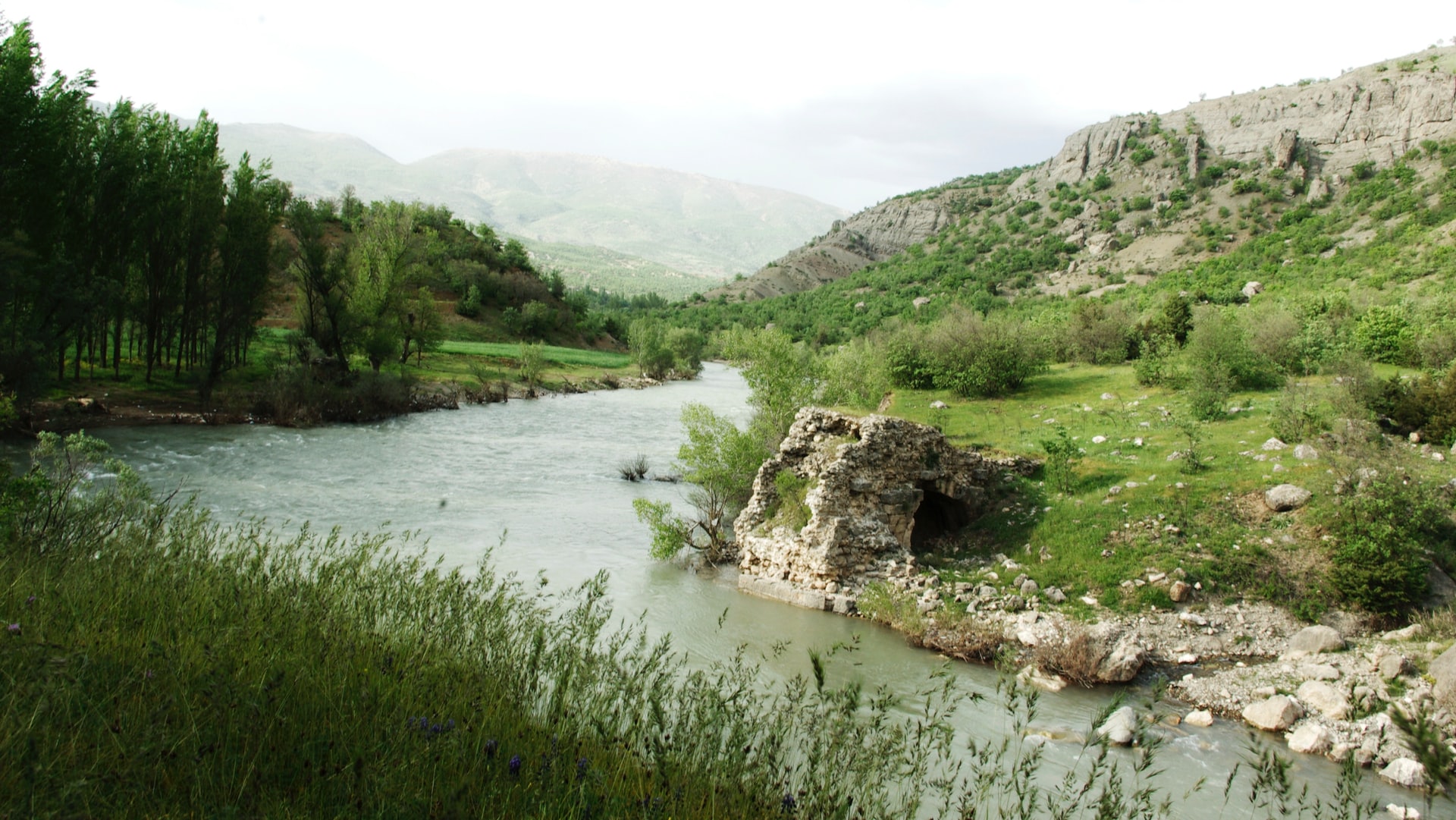
For one, it is essential to respect trail surroundings if you happen to be walking, hiking, or biking along a trail within a riparian zone. Stay on the path, pick up your garbage, and refrain from feeding wildlife.
You can also volunteer with an organization that specializes in riparian restoration or sign up for a shoreline clean-up. If such organizations aren’t available, you can always grab a few friends and family members and organize your own garbage clean-up day.
And of course, it is always a good idea to let your local government know that this is an issue that means a lot to you! You can help protect riparian zones by advocating for riparian zone education, improved planning and management practices, implementation of mitigative measures, and better enforcement and penalties for riparian restoration and repair.
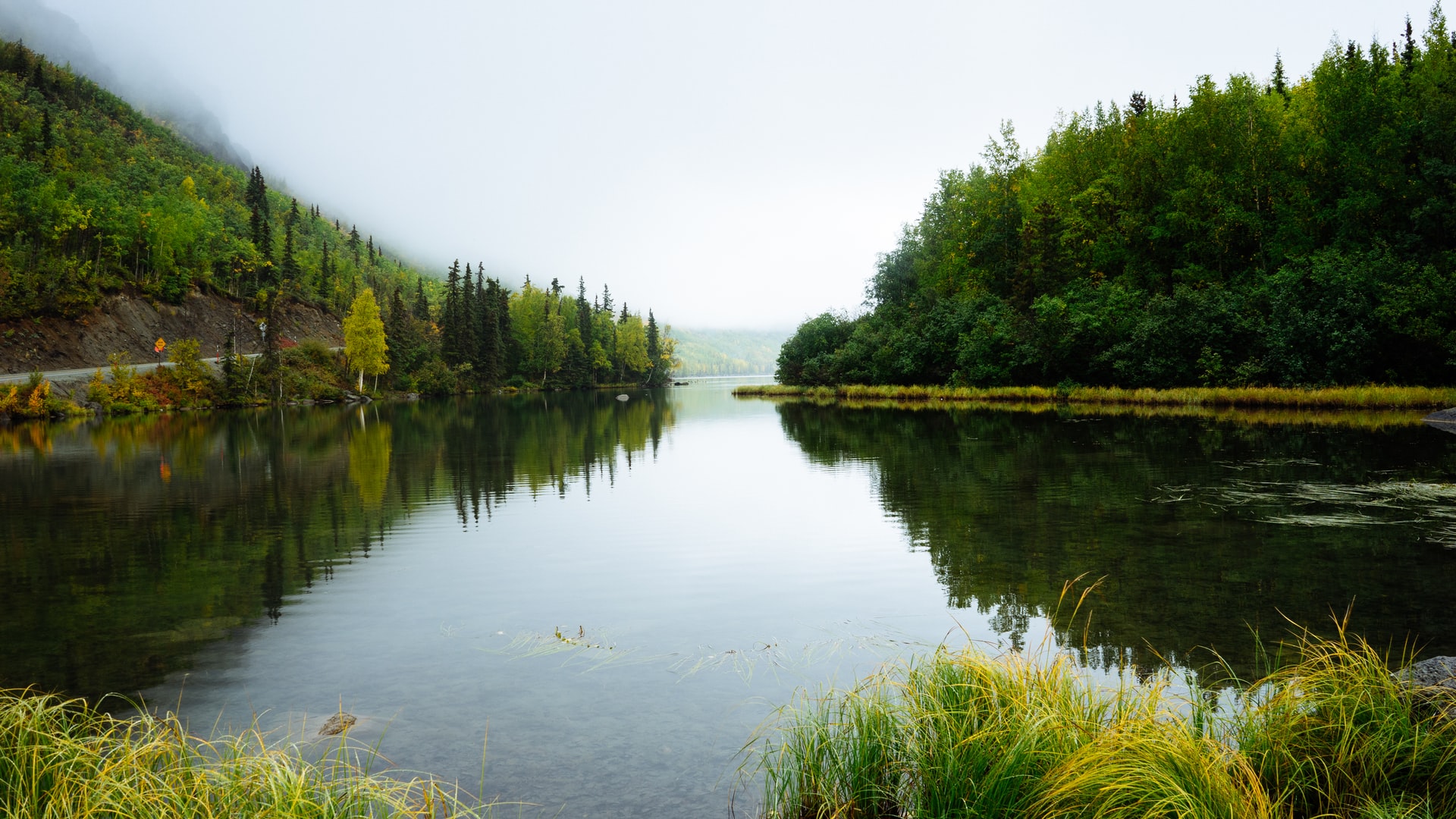
But no matter what, get out there and appreciate the beauty of these special and essential areas of the landscape - even right within our cities and neighbourhoods!
Stay connected with news and updates!
Join my mailing list to receive the latest news and updates. Your information will not be shared.

